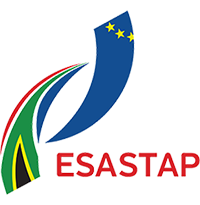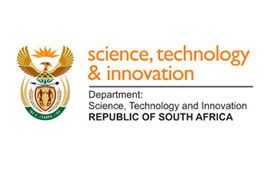Posted: 20 October 2021 | View original article
What impact has global change had on alpine vegetation in our own mountains and those around the world, and why are certain plants in mountains around the world rapidly expanding their ranges?
This is the question on which the Afromontane Research Unit (ARU) on the Qwaqwa Campus will be shining the research lens over the next three years, through Project ‘RangeX’, a multi-institutional research consortium under the Mountain Invasive Research Network (MIREN), with ETH Zurich (Switzerland) leading the research project. The project is underway in the Witsieshoek area of the Free State component of the Maloti-Drakensberg, as part of a global consortium to better understand the ecological drivers of range-expanding plant species in mountains around the world.
South Africa’s participation in the project is led by the ARU Director, Dr Ralph Clark. Other RangeX partners are Germany, Norway, Sweden, Denmark, Australia, China, Chile, and France, with research locations in the Swiss Alps, Himalayas, Andes, Australian Alps, and Scandes.
The official launch of the research site for the Maloti-Drakensberg mountains, which took place on 20 October, marked the beginning of the South African component of globally coordinated research to understand how range-expanding species may affect current alpine environments under future climatic conditions. The launch involved a site visit to the summit of the Maloti-Drakensberg. Situated at 3 100 m above sea level in the Witsieshoek area, the research seeks to determine whether typical range-expanding species might colonise the alpine zone above 2 800 m under a simulated future warmer climate.
The South African component of RangeX is funded by the Department of Science and Innovation (DSI) through BiodivERsA, an initiative of the European Union’s Horizon 2020, which promotes research on biodiversity and ecosystem services and offers innovative opportunities for the conservation and sustainable management of biodiversity.
Speaking at the launch of the project, Dr Clark said the alpine zone of the Maloti-Drakensberg is an ecologically severe environment, resulting in only specialised species being found above 2 800 m. “However, with climate warming, it can be expected that many lower elevation plants might start to ‘climb’ the mountain and invade its upper reaches. This will have a major impact on ecology, livelihoods, endemic alpine species, and water production.”
This is the first time that such experiments will be undertaken in the alpine context of the Maloti-Drakensberg, Dr Clark explained. The ARU is using this project to promote an ambitious and long-term alpine research programme centred on the Mont-aux-Sources area, where the Free State, KwaZulu-Natal, and Lesotho meet.
Toto Matshediso, Deputy Director: Strategic Partnerships at DSI, said the Range X project with South African funding from the DSI was aligned with the departmental priorities for investment in global change and biodiversity research and innovation.
“The research conducted is strengthening international cooperation in terms of research collaboration with its European Union partners as a region, as well as bilateral partners involved in the project. The project is also located in an area that has been historically disadvantaged, and the DSI is proud to be part of contributors to mountain research initiatives and direct contribution to the local community. The project also places the spotlight on the rich biodiversity data of the area, and how it could contribute to the overall government priorities regarding biodiversity.”
From the right: Dr Ralph Clark,, with fellow researchers, Dr Stephanie Payne, Dr Sandy-Lynn Steenhuisen, Dr Onalenna Gwate and Evelin Iseli, a Swiss PhD student on RangeX at the open top chambers on the Maloti-Drakensberg mountain range.


